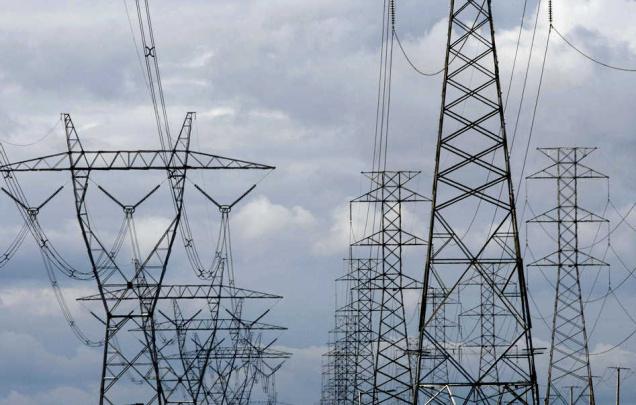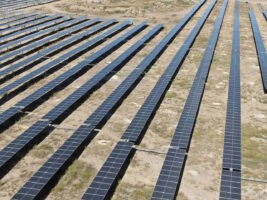Leading Australian economist and energy policy advisor Ross Garnaut has called for the adoption of grid-scale battery storage on Australia’s National Electricity Market, which he says would provide an “immediate” solution to integrating increasing amounts of grid-connected wind and solar and preventing future electricity price spikes.

In an opinion piece published in the Australian Financial Review on Wednesday, Garnaut – who currently chairs integrated community renewables and storage provider ZEN Energy, as well as the recently launched IIG Solar Fund – said the recent South Australian “energy crisis” had highlighted the need for urgent energy market reforms.
In particular, he said, a solution was needed to stabilise the short-term variations in supply frequency and price.
“An immediate answer is grid-scale batteries, which are being deployed in other developed countries to balance increasing volumes of wind and solar energy,” Garnaut wrote.
“Batteries can respond to the need to add or absorb power in less than a second – much more quickly than gas generators,” he said.
“If optimised to maximise value in provision of grid stability services, the battery can store surplus power from excess generation from the midday sun or overnight wind for use in the evening and morning peaks at total costs that are lower than the prices of wholesale hedge contracts, or than exposure to the wholesale market at these times.
Garnet also said that the application of grid-scale solar and battery storage solutions could be of particular benefit to major industrials, to lower total costs of power.
As we have reported on RE, a group of South Australia’s major industrial groups were some of the noisiest critics of renewables during the recent pricing incident – although they had more than a year’s notice of potential supply constraints from the upgrade of the interconnector.
As Giles Parkinson noted a couple of weeks ago, “they don’t seem to have adequately hedged. If they had struck the same sort of power purchase agreements as the ACT, these large energy users probably would have been paid to use the electricity.”
But according to Garnaut, solar and battery storage could be used by industrials to hedge against the future risk of real electricity prices rising.
“While solving their own power problems in this way, they would incidentally reduce peak and general demand and therefore lower power price and volatility for all other energy users in the state,” he said.










